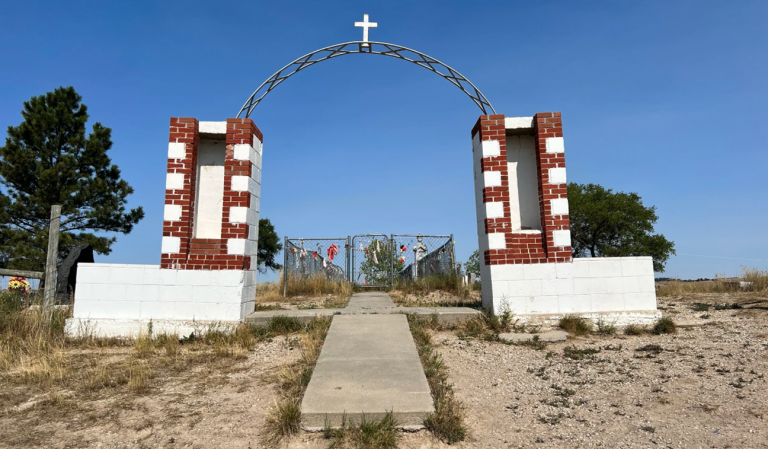Wounded Knee Massacre Memorial And Sacred Site Act Passes Congress
Washington—Yesterday, the “Wounded Knee Massacre Memorial and Sacred Site Act” passed the U.S. Senate unanimously and is heading to President Donald Trump’s desk for signature. The House version passed the House earlier this year in January, and both versions of the bill were sponsored by South Dakota’s congressional delegation, including U.S. Representative Dusty Johnson and U.S. Senators Mike Thune and Mike Rounds—all Republicans.
The bill directs the U.S. Secretary of the Interior to place 40 acres around the Wounded Knee Massacre Site in restricted fee status, and would be a part of the Pine Ridge Reservation with the Oglala Sioux Tribe and the Cheyenne River Sioux Tribe jointly owning it.








